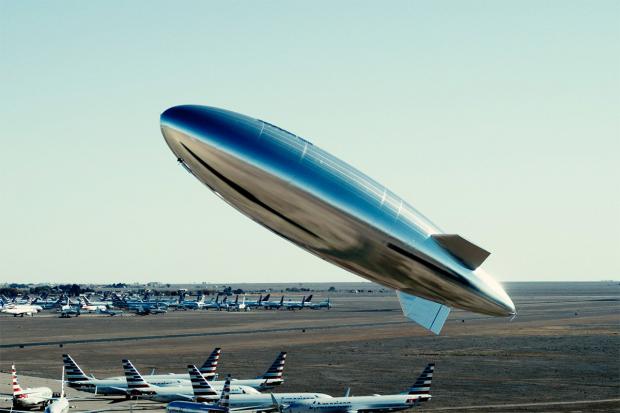
Breaking News
 BREAKING: ACTIVE SHOOTER at Brown University - Two People Dead - 8 Critically Injured
BREAKING: ACTIVE SHOOTER at Brown University - Two People Dead - 8 Critically Injured
 Argentina Moves to Let Banks Offer Bitcoin and Crypto Services
Argentina Moves to Let Banks Offer Bitcoin and Crypto Services
 We're One Storm Away From Disaster
We're One Storm Away From Disaster
 Think a Dairy Cow Will Tie You Down? Here's the Truth.
Think a Dairy Cow Will Tie You Down? Here's the Truth.
Top Tech News
 This tiny dev board is packed with features for ambitious makers
This tiny dev board is packed with features for ambitious makers
 Scientists Discover Gel to Regrow Tooth Enamel
Scientists Discover Gel to Regrow Tooth Enamel
 Vitamin C and Dandelion Root Killing Cancer Cells -- as Former CDC Director Calls for COVID-19...
Vitamin C and Dandelion Root Killing Cancer Cells -- as Former CDC Director Calls for COVID-19...
 Galactic Brain: US firm plans space-based data centers, power grid to challenge China
Galactic Brain: US firm plans space-based data centers, power grid to challenge China
 A microbial cleanup for glyphosate just earned a patent. Here's why that matters
A microbial cleanup for glyphosate just earned a patent. Here's why that matters
 Japan Breaks Internet Speed Record with 5 Million Times Faster Data Transfer
Japan Breaks Internet Speed Record with 5 Million Times Faster Data Transfer
 Advanced Propulsion Resources Part 1 of 2
Advanced Propulsion Resources Part 1 of 2
 PulsarFusion a forward-thinking UK aerospace company, is pushing the boundaries of space travel...
PulsarFusion a forward-thinking UK aerospace company, is pushing the boundaries of space travel...
 Dinky little laser box throws big-screen entertainment from inches away
Dinky little laser box throws big-screen entertainment from inches away
 'World's first' sodium-ion flashlight shines bright even at -40 ºF
'World's first' sodium-ion flashlight shines bright even at -40 ºF
This Helium-Filled Aircraft Broadcasts Internet From the Stratosphere

If you saw a giant metallic balloon with fins floating up toward the sky somewhere near Roswell, New Mexico, last week, have no fear -- it wasn't a UFO. Designed for the stratosphere, this high-altitude platform system was made by Sceye to do work commonly performed by drones and satellites like Earth observation and providing internet access to underserved communities.
"Unlike drones, we stay up. And unlike low Earth orbit satellites, we stay over the same area while they're passing by," says Sceye founder and CEO Mikkel Vestergaard Frandsen. "The only other thing that can do what we're doing is a geostationary satellite."
Geostationary satellites, however, operate much farther away from Earth than Sceye's HAPS. This means that Sceye's stratospheric infrastructure could provide detailed Earth observations and beam internet directly to users' devices. Satellite-based internet infrastructure like Starlink, on the other hand, requires satellite dishes to access their services, which can cost hundreds of dollars, not to mention the environmental costs of launching all those satellites.
We visited Sceye's hangar a week before the company was getting ready for its latest launch. To reach the stratosphere, the HAPS is filled with helium, which helps the aircraft conserve energy during ascent and operation.
Upon release, the helium gathers in the nose of the aircraft, causing it to ascend in a vertical position. It levels out upon reaching the stratosphere. Batteries charged by solar panels fixed to the top of the HAPS help the aircraft stay in position and power its payloads until it's time to descend.
Sceye's successful launch will usher in the planning of the company's next flight program, which will focus on endurance. The goal, says chief of Mission Operations Stephanie Luongo, is to have a HAPS stay up for "over a year."
The company's ultimate goal is to use these HAPS to create a continuous layer of infrastructure in the stratosphere that can support internet communications, search and rescue efforts and environmental monitoring.



